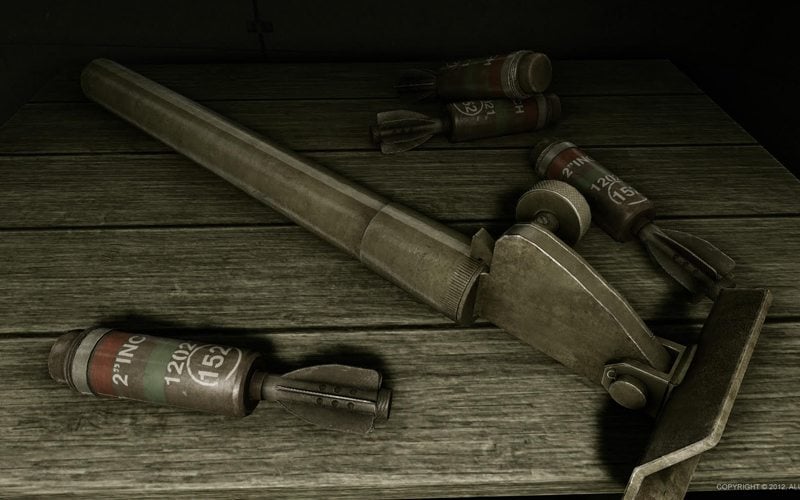
Gift Cards now available
The Big Guns
Anti-Tank Guns, Artillery, and Mortars
The Big Guns
Anti-Tank Guns, Artillery, and Mortars
Anti-Tank Weapons
Ever since the invention of the tank in the First World War, there has been a need to outfit the common soldier with the means by which to destroy tanks. As tanks evolved into larger and stronger vehicles, the anti-tank gun had to keep pace by increasing in size and caliber. After the Second World War anti-tank guns fell out a favor, being replaced by self propelled anti-tank rockets.
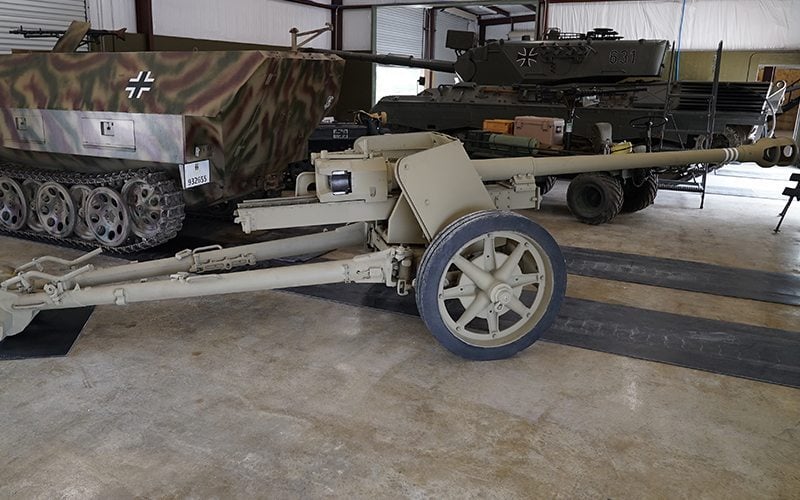
German 7.5cm PaK (PAK-40)
$1,400.00 – Shoot 1 round
First used in 1942, it quickly became Germany’s primary anti-tank gun till the end of the war. Though it was effective against the majority of the armor used by the Allies, its size and weight made it difficult to maneuver. Our PaK 40 is the only fully functional one left in the world that still shoots. Historic and rare, it is one of our most popular big guns to shoot.
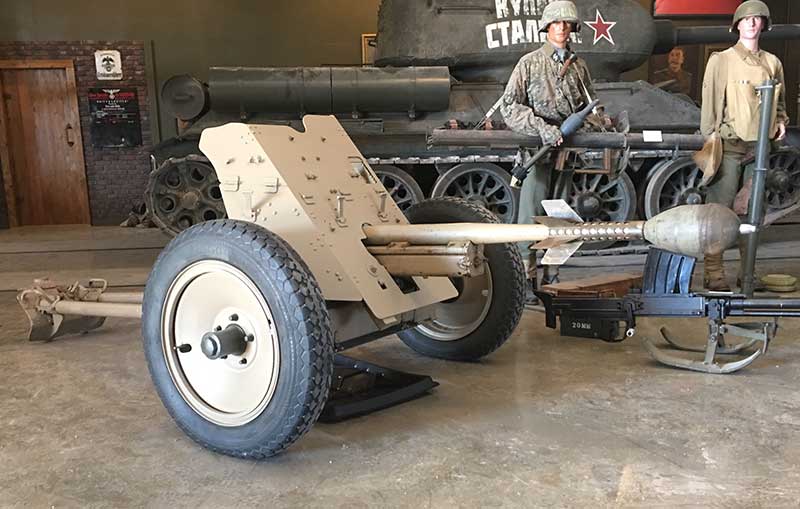
German 3.7 cm PAK (Pak-36)
$650.00 – Shoot 1 round
Germany’s original PaK anti-tank gun. Developed in the 1920’s and 30’s, it entered WW2 as Germany’s premier anti-tank weapon. The gun started to show its ineffectiveness during the invasion of France, and started to become obsolete by 1942 due to tank armor improvements. Even so, it was still capable of destroying 91% of the Russian tanks it faced in 1941. Known post war as the PaK 36, this term was never officially used by the German armed forces.
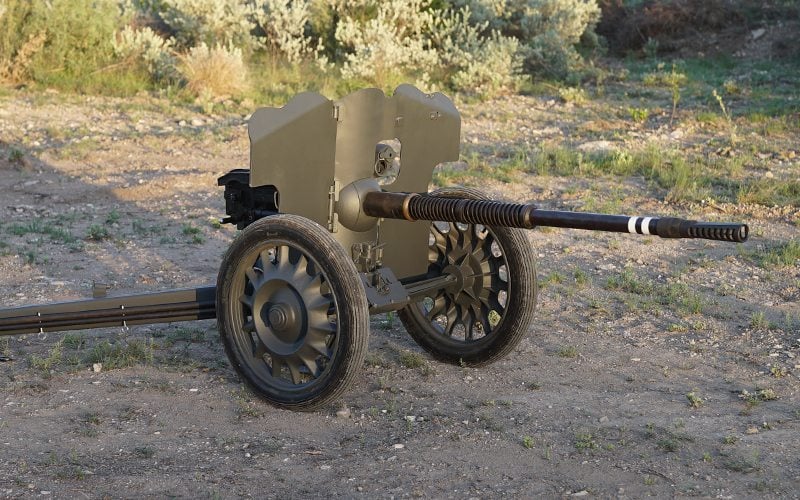
German 2,5cm PaK 113 (F)
$450.00 – Shoot 1 round
Originally built by the French as the 25mm Hotchkiss, it was their main anti-tank gun in till their capitulation in 1940. Captured guns were adopted by the Germans under the designation 2,5cm PaK 113 (F). By 1943, the no longer was effective against current armor and was withdrawn from service in 1943. Our PAK 113 (F) was purchased by Finland from Germany for use against the Soviets. Though not as earth shaking as our PAK 40, it is the perfect gun first gun for a novice to start on.

RPG
$4500.00 – Shoot 1 rocket
Fire the iconic Russian designed Rocket Propelled Grenade. Contact info@drivetanks.com to book.
Artillery
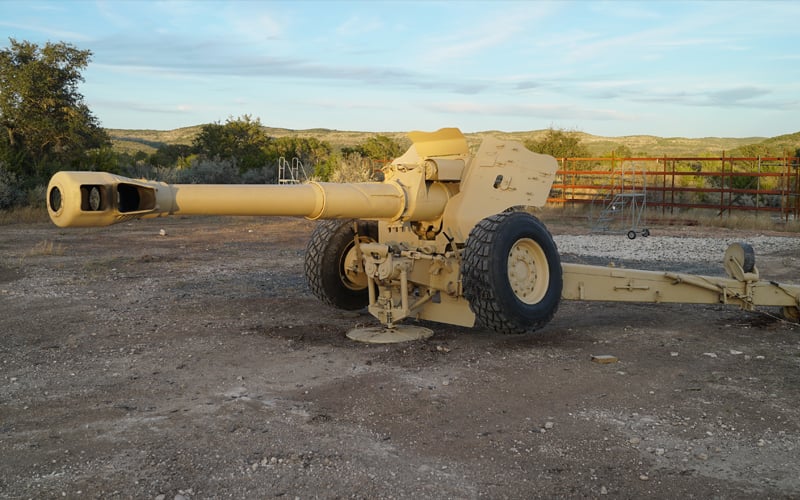
Soviet D-20
152 mm gun-howitzer M1955
152 mm gun-howitzer M1955
$1950.00 – Shoot 1 round
Our 152mm Soviet D-20 is the largest cannon in private hands in the world. Manufactured by the Soviets in the 1950s, ours was captured from the Iraqi Army in the first Gulf War. Without a doubt, it is our most amazing gun to shoot.
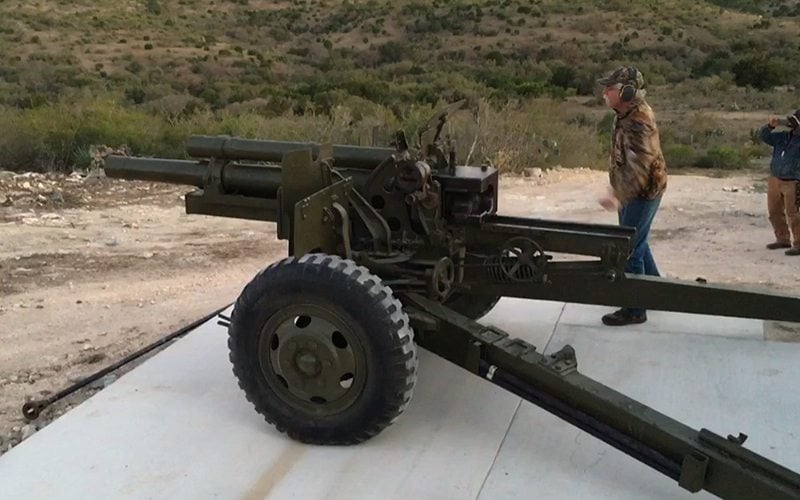
U.S. M2A1 105mm Howitzer
$1500.00 – Shoot 1 round
The workhorse of towed American field artillery during the 2nd Word War, the M2A1 fired a 105mm shell either indirectly or directly. It was so effective that it also saw use in Korea and Vietnam. A real crowd pleaser, this gun offers the most bang for your buck.
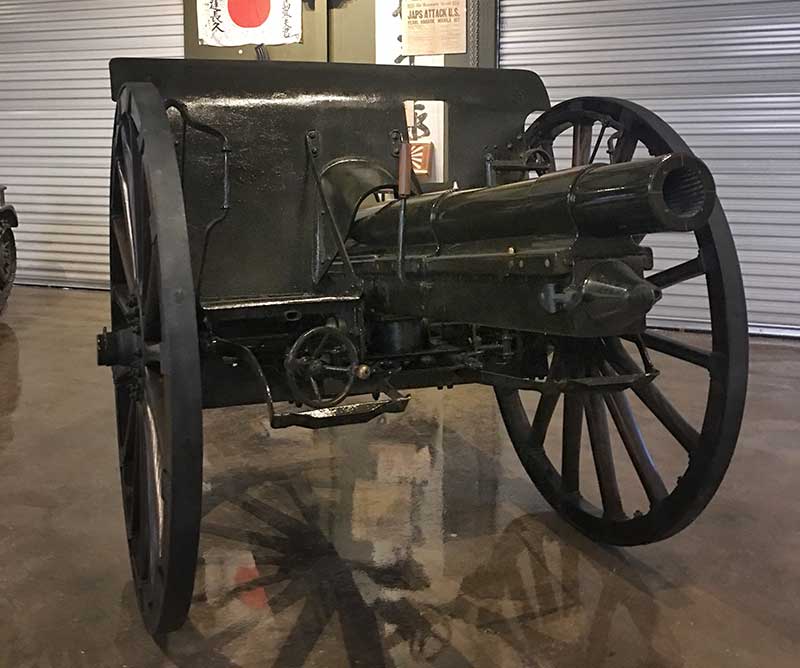
Japanese Type 38 75mm Field Gun
IN DEVELOPMENT
Adopted by Japan in 1905, this gun was manufactured by the Krupp in Germany and later updated to the improved version. Though outdated by the 1930’s, it still saw service throughout the Pacific War. This particular gun was captured by US forces and is the only such gun we know of that is still shoots.
Mortars
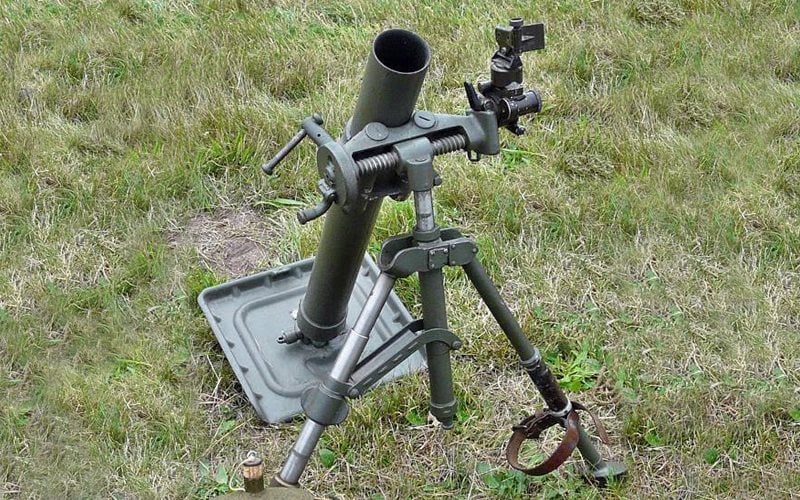
U.S. 60MM MORTAR
$350.00 – Shoot (3 rounds)
Based on the heavier M1 mortar, the M2 was designed to be a lightweight and man portable mortar to provide the infantry with their own fire support. The maximum range of 1,985 yards proved sufficient with a rate of fire of 18 rounds per minute.
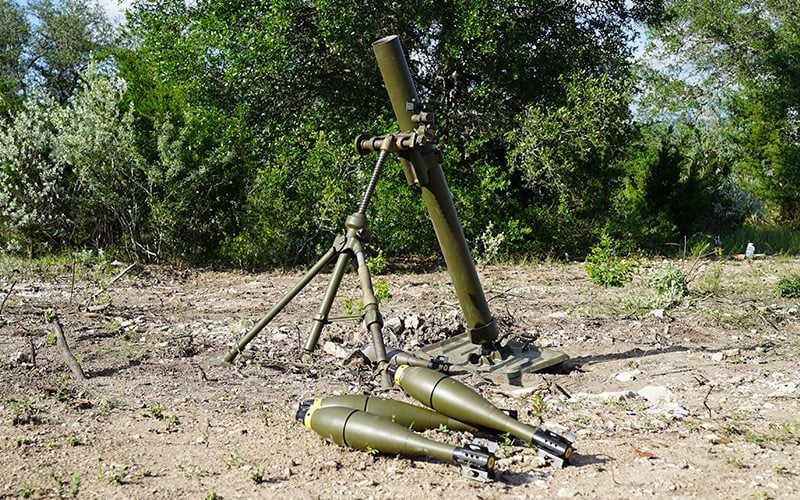
U.S. M1 81mm Mortar
$450.00 – Shoot (3 rounds)
The M1 mortar was based on a French design from the 1st World War, and became the standard American mortar of the 2nd World War. With a maximum range of 3,300 yards, it was capable of indirectly firing up to 35 rounds per minute. While not being easily carried, it was often transported on a cart or in a vehicle.
